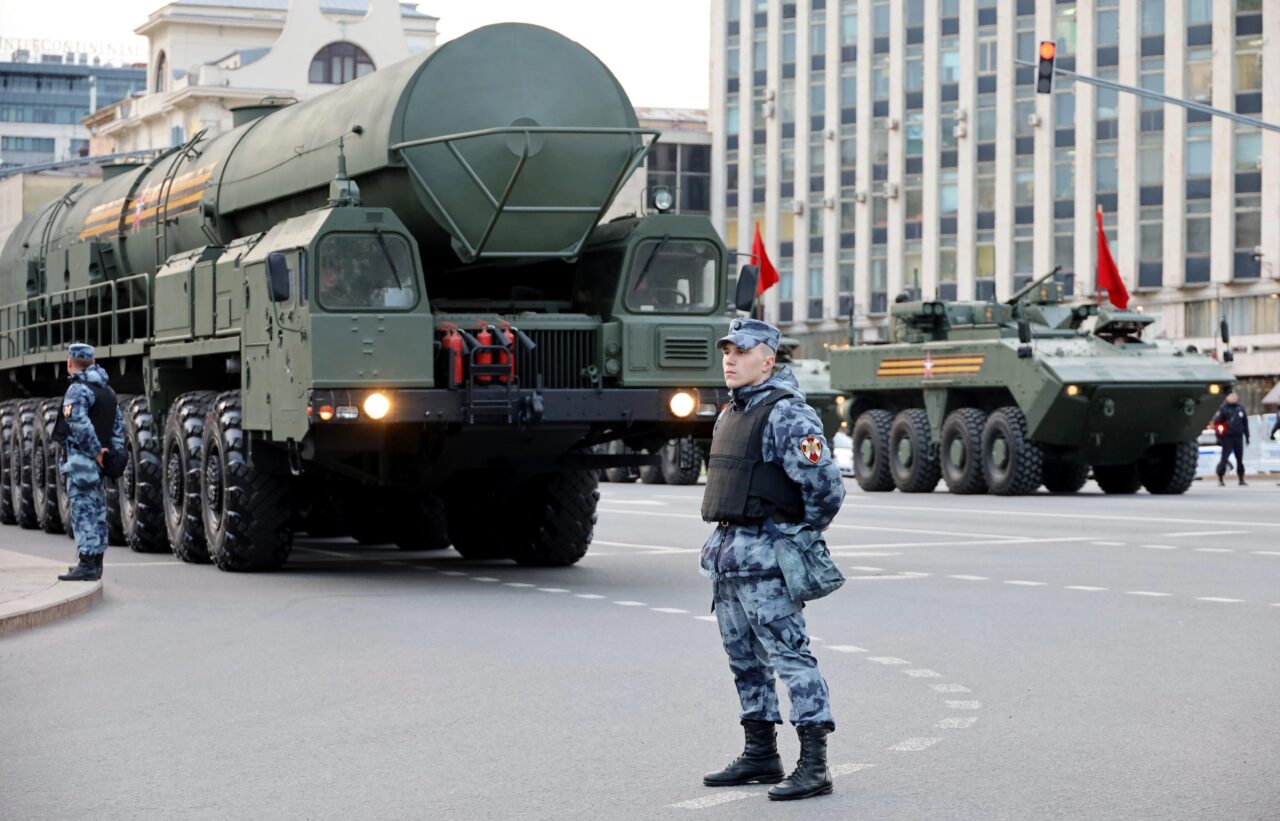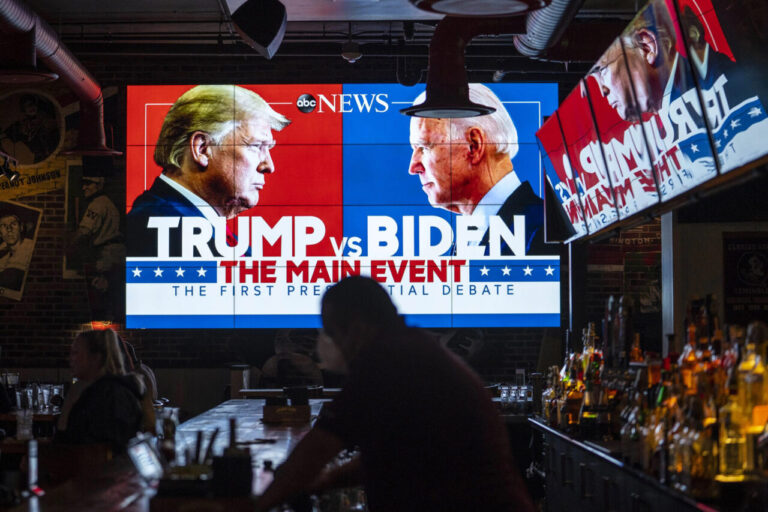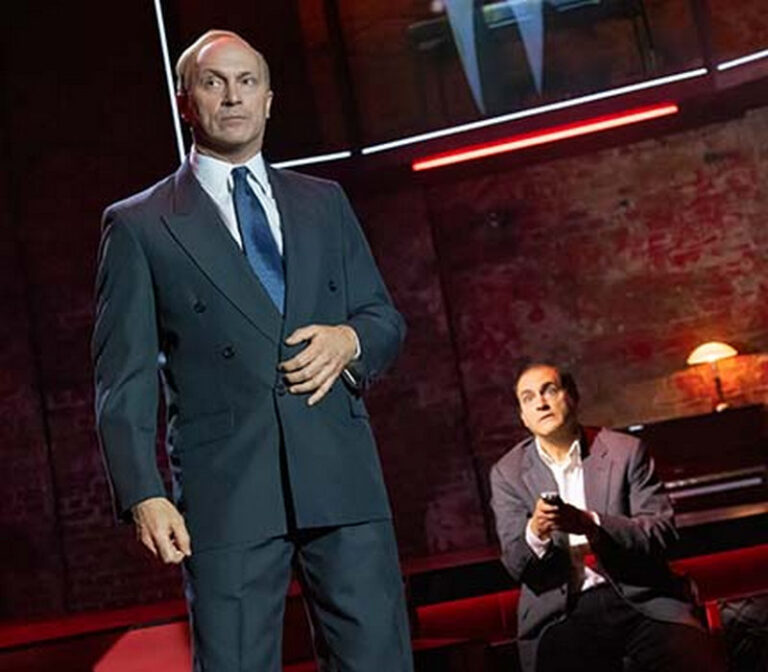The chances of an atomic catastrophe are low but they aren't zero
Fighting in the Ukraine war has persisted well into the third year, with hundreds of thousands of casualties on both sides.
For more than two years, the West has been stoking Ukraine’s hopes — with funding, military advice, and more and more advanced weapons — that it could push Russia out to its pre-2014 borders. This is an imaginary outcome that words of fiction will do nothing to achieve.
Equally misguided is the contention by Western leaders that if Putin is not defeated in Ukraine, he will gobble up more and more of Europe, beginning with Poland and the Baltics. Not only is there no evidence to support this assertion, but also the notion that a Russia that can barely defeat Ukraine would go to war against NATO simply defies logic.
These developments do, however, push Washington into spending more on “defense,” which enriches the arms manufacturers. Earlier this month, NATO Secretary General Jens Stoltenberg trumpeted an 18 percent increase in military spending across Europe and Canada in 2024, “the biggest increase in decades,” two-thirds of which goes to U.S. manufacturers.
Meanwhile, the International Campaign to Abolish Nuclear Weapons announced that global spending on nuclear weapons rose 13 percent in 2023, with the U.S. again leading the way. This is happening even though the U.S. already spends almost five times as much as China, its nearest competitor. U.S. nuclear weapons spending over the past five years has increased by 45 percent, trailed by the U.K.’s 43 percent.
The spending announcements coincide with news about the planet sweltering and little is being done to combat global warming. Clearly, we’re too busy fighting each other and spending money on ways to end humanity far faster than global warming will.
As NATO leaders realize that throwing more money into Ukraine alone is not enough to change an increasingly desperate battlefield equation, they have been finding other, more dangerous ways, to escalate in recent weeks. They have not only permitted Ukraine to attack sites within Russia with advanced NATO weapons, they have also assisted in those attacks and have openly discussed sending NATO troops, trainers, and targeters on the ground. The recent attacks on two Russian nuclear warning radar facilities have been particularly irresponsible, bringing us closer not only to full out war, but to nuclear war. And if that is not enough, Stoltenberg recently told the Telegraph that NATO is debating taking additional nuclear weapons out of storage and placing them on standby to prepare for all contingencies.
Russia has responded to these escalations with a series of explicit warnings about the imminence of a broader war and by carrying out provocative tactical nuclear war exercises on its territory bordering Ukraine, with Belarussian participation. The Foreign Ministry said the exercises would send a “sobering signal” that would “cool the hot heads in Western capitals,” making them understand “the potential catastrophic consequences of the strategic risks they are generating.”
Russia then sent warships, including a nuclear-powered submarine, to Cuba, which Western commentators dismissed as a “bluff,” though the U.S. and Canada promptly sent warships into the region. Next, Putin visited Pyongyang and signed a “mutual security” pact with North Korea, committing both nuclear-armed nations to come to each other’s defense if attacked.
These developments heighten the urgency of finding a political settlement for the Ukraine war.
In a recent book titled “Nuclear War: A Scenario,” author Annie Jacobsen details the 72 minutes that unfold after the U.S. detects a North Korea launch of an intercontinental ballistic missile heading for Washington, DC, until the end of the world as we know it. The hypothesized North Korean attack quickly turns into a nuclear war between the U.S. and Russia, a possibility made even more likely by the Putin-Kim Jong Un agreement. In Jacobsen’s book, the two countries proceed to use a thousand or more warheads to level the other, a prospect that terrified millions of people throughout the Cold War, but which had more recently faded from the public’s consciousness.
Nuclear war between the U.S. and Russia today would bear little resemblance to the American atomic bomb attacks on Japan. Rather than killing a couple hundred thousand people, as Fat Man and Little Boy did in 1945, today’s weapons could kill and injure millions of people, and possibly hundreds of millions. Add to this count the billions around who would starve to death as a result of nuclear winter and subsequent crop failures and you have a recipe for the end of human civilization as we know it.
The concern that Russia could decide to use nuclear weapons if threatened with defeat in the Donbas or Crimea or in a direct war with NATO should not be dismissed lightly. While the U.S. would be less likely to initiate nuclear war given NATO’s conventional superiority, it may respond in kind to Russian use of tactical nuclear weapons. Alternatively, a conventional war between Russia and NATO could turn nuclear.
Arguably, an even more likely scenario than a deliberate start of a nuclear war is a blunder into oblivion, an accidental or miscalculated strike as either side wrongly assumes that it is already or will imminently be under a nuclear attack. This can easily arise due to the “launch on warning” policy that both countries have. Moreover, neither the United States nor Russia has a “no-first-use policy” that would abjure first using nuclear weapons in a crisis, making the miscalculation more likely.
MIT Professor Ted Postol, a former scientific adviser to the chief of naval operations, has warned that Russia’s missile detection capabilities are not as advanced as the ones that the United States has, which he described as a “terrible and dangerous technology shortfall.” Especially, he warns, if nuclear radar facilities are under attack, as they were recently, Russia could falsely assume it is being targeted by nuclear weapons and could unleash the full power of its 5,500+ warhead arsenal. Make that partial, it’s still enough to not only destroy the United States, but the whole world.
Mikhail Gorbachev and Ronald Reagan jointly stated in 1985 that “nuclear war cannot be won and must never be fought.” Despite leaders of the five original nuclear weapon states explicitly reaffirming this in January 2022 prior to Russia’s invasion of Ukraine, many of those same leaders seem to have forgotten these wise words and have recklessly pushed the world to the brink of nuclear war.
As former Soviet leader Nikita Khrushchev poignantly stated in the aftermath of the greatest previous nuclear crisis, “Peace is the most important goal in the world. If we don’t have peace and the nuclear bombs start to fall, what difference will it make whether we are Communists or Catholic or capitalists or Chinese or Russians or Americans? Who could tell us apart? Who will be left to tell us apart?”
It’s time to change policy on Ukraine and to stop the escalation escalator before it is too late. A Swiss peace conference without Russia or China has done nothing to advance that goal. Nor have the recent G7 meetings in Italy, the NATO pronouncements, or, for that matter, the grandiose war games being conducted by both sides in the Atlantic and Pacific Oceans.
Brazil and China recently issued a joint statement, declaring that “dialogue and negotiation are the only viable solution to the Ukraine crisis.” Their proposal includes a six-point plan for peace, with “no expansion of the battlefield, no escalation of fighting, and no further provocation.” China says that the proposal has now received backing from at least 45 countries.
This is a good place to start, as would be an emergency meeting of world leaders that the U.N. General Secretary Antonio Guterres could call for. Continuing to play nuclear roulette is not an acceptable path forward.
Ivana Nikolić Hughes is President of the Nuclear Age Peace Foundation and a Senior Lecturer in Chemistry at Columbia University. She is a member of the Scientific Advisory Group to the United Nations Treaty on the Prohibition of Nuclear Weapons.





